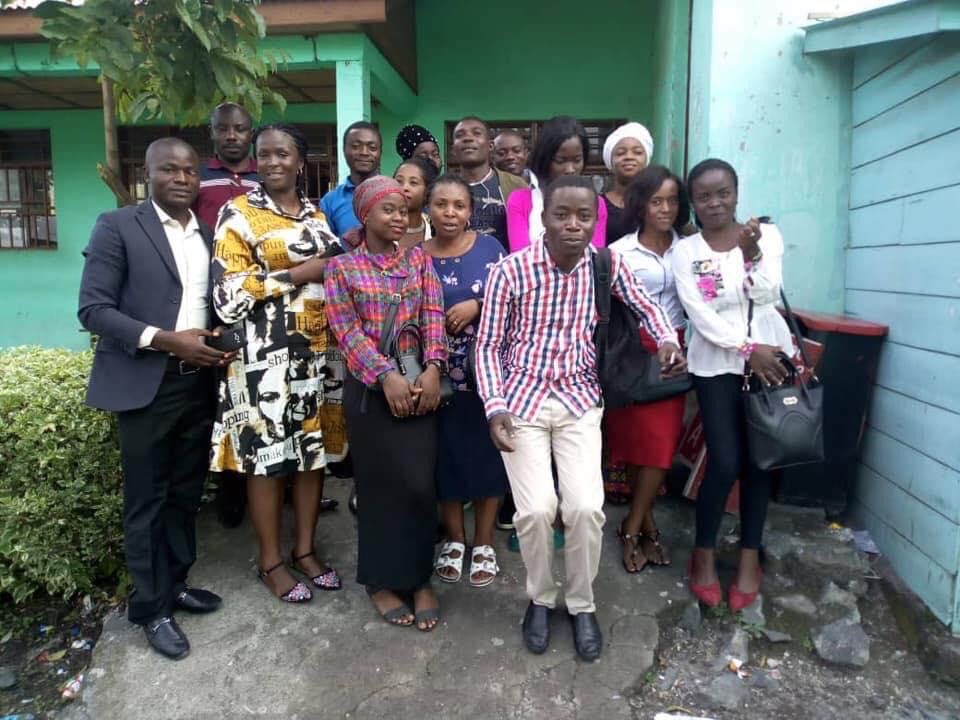
SELF-HELP AND RESILIENCE IN THE DEMOCRATIC REPUBLIC OF CONGO
I interviewed Bertin Kalimbiro from the Democratic Republic of Congo about his work in the Goma region to grow food safely and help people threatened

I interviewed Regina Marler who was chosen by the estate of Virginia Woolf & Vanessa Bell to edit Selected Letters of Vanessa Bell. Regina has also written Bloomsbury Pie: The Making of the Bloomsbury Boom, and Queer Beats: How the Beats Turned America on to Sex. Her fiction has appeared in The North American Review, Cimarron Review, Carolina Quarterly, Calyx and Chattahoochee Review. As a journalist and critic she she writes regularly for the New York Review of Books but also for The New York Times Book Review, the Advocate, the Times Literary Supplement, the New York Observer, The Rumpus, Dame, New York Magazine’s The Cut, The Point, The Oxford Handbook to Virginia Woolf and the Signet Classics.
Leslie: Tell us about your books. What led you to profile the Bloomsbury and Beat Generation writers/artists? What’s the story of how these interests began, grew and developed?

Regina: My first book was Selected Letters of Vanessa Bell. Bell was a British Post-Impressionist artist and the sister of Virginia Woolf. I was almost a Henry James scholar, though. I was driving in Lewes, East Sussex, and kept missing the turn toward Rye and James’s house there, Lamb House. But eventually I spotted a tiny signpost for Monk’s House in Rodmell—Virginia Woolf’s country place—and took that road instead. And everything developed from that. I was just out of college and knew very little about Woolf at that point. I’d read Mrs. Dalloway, thanks to Professor Marjorie Lightfoot’s Women’s Literature course at Arizona State University, and the Quentin Bell biography. I think I’d read only enough to recognize the name, “Monk’s House.”
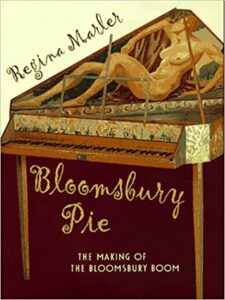
It’s still surprising to me, in retrospect, that my career is based on that turn from Lewes onto the Kingston Road. A hurricane struck that night, while I was staying in Rodmell, and because so many trees came down, I was stuck in the south of England for a week and met Quentin Bell and saw Charleston Farmhouse, Vanessa (and Clive) Bell and Duncan Grant’s home, for the first time. I didn’t feel ready to let the Bloomsbury Group go after Selected Letters…, so I wrote Bloomsbury Pie, which tells the story of the Group’s afterlife—the cottage industry, their influence, and the various periods and thrust of the backlash against it. And both books gave me the opportunity to meet and sometimes form friendships with the remaining “old guard,” or secondary and tertiary Bloomsbury and their friends. I think that sense of connection to the past, of a knotted but fairly intact thread, runs through the rest of my writing.
My anthology of the Beats’ sex writing—Queer Beats: How the Beats Turned America on to Sex–was commissioned by the great editor of gay books, Don Weise, when he was with Cleis Books in San Francisco. I arrived a little too late to Beats studies, I think, but I did relish meeting John Giorno, who gave me a tour of Burroughs’ bunker in the Bowery, and the poet Harold Norse.

Leslie: What have you learned as a person and writer from studying the Bloomsbury and Beat Generation writers/artists? How would you characterise the LGBTQ+ aspects of their writing, compared to today?
Regina: I think one obvious takeaway from my work in Bloomsbury and with the Beats is the importance of artistic community. I tend to collect my research and then drag it into a cave for a few years and emerge with a manuscript. I rarely share work in progress. But there’s so much to be said for friendship and intellectual exchange, and for active collaboration. Bloomsbury was essentially a group of friends, constantly meeting and talking. The Beats, too, challenged and confronted and promoted each other, especially in the 1940s and 1950s, and the work is so much richer as a result.
Obviously, there’s relatively less openly LGBTQ material from Bloomsbury than from the Beats. Almost everything they produced for publication or sale (as opposed to Duncan Grant’s erotic drawings, for example, or the manuscript for E.M. Forster’s Maurice, which sat in a drawer for decades until his death) was prior to the Sexual Offenses Act in 1968, the UK ruling that finally decriminalized consensual same-sex activity and allowed open discussion of sexuality. I write about Michael Holroyd’s Lytton Strachey biography—the first “post-Wolfenden” biography—in Bloomsbury Pie: critical response was incredibly homophobic. But the gay writers among the Beats were much more open—especially Ginsberg—and in the forefront of the anti-censorship movement (e.g., the Howl trial).
Leslie: How does your fiction both complement and differ from your factual/critical/journalistic work?
Regina: Much of my fiction depends on indirection–glimpses in a mirror, at an angle, while I’m running past. I’d love to bring more of that to my criticism, but I think I’m more of a hunting dog. I’ll read around the subject until I sense something interesting or contradictory or illuminating, and then I can’t drop the scent.
Leslie: How do you write? What are the routines that sit behind the different types of writing you create?
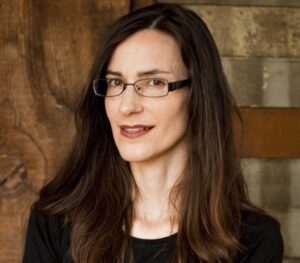
Regina: God, I admire writers who saddle up at dawn and trot out their 500 words. I’m deadline-driven, unfortunately. I read constantly and make notes and wander around, considering every nuance, but I resist being made to choose one argument and follow it through on the page, abandoning other ideas. A deadline forces the choice. A clean desk helps, and copious cups of tea. And having the whole day to myself. I work well on planes and in hotel rooms, cut off from distraction.
Leslie: You have a passion for the natural world. How does this manifest itself? Where does it come from and what keeps it going?
Regina: About five years ago, I left San Francisco for rural Sonoma County. Now I live on an old apple orchard and keep bees and try to plant hedges the deer will enjoy, to assuage my guilt for fencing part of the land to grow food organically. They can’t have my raspberries. This is wildfire country, so all my neighbors are edgy and sleep-deprived during fire season and drought-conscious year-round. I dug a little wildlife pond to capture spring rain for the animals. But what I capture here is lost downhill, depriving some newt, so there’s no easy solution.
Leslie: What makes effective climate/eco fiction? Does it have any particular strengths and defining characteristics? What’s the tradition it draws upon?
Regina: I don’t have a prescriptive view here because so much exciting work is happening at once. There is no single “climate fiction.” It may have arisen mostly from sci fi, but it’s hard to imagine serious fiction now that doesn’t grapple to some extent with climate change or the loss of the natural world or with social justice issues—and they’re all connected.
Next week I interview composer/musician Rania Chrysostomou who uses rhythms such as zeibekiko and kalamatiano drawn from her Greek-Cypriot roots.
ABOUT LESLIE TATE’S BOOKS:

I interviewed Bertin Kalimbiro from the Democratic Republic of Congo about his work in the Goma region to grow food safely and help people threatened

I interviewed computer expert and sustainability campaigner Dr Erlijn van Genuchten, who writes easy-to-understand books based on science full of practical suggestions for planet-friendly living.
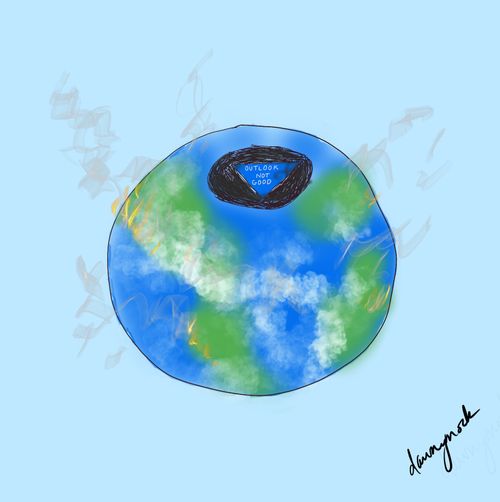
I interviewed Canadian cartoonist Dawn Mockler about how she works on cartoons that might be environmental or wordless but always witty – especially her famous
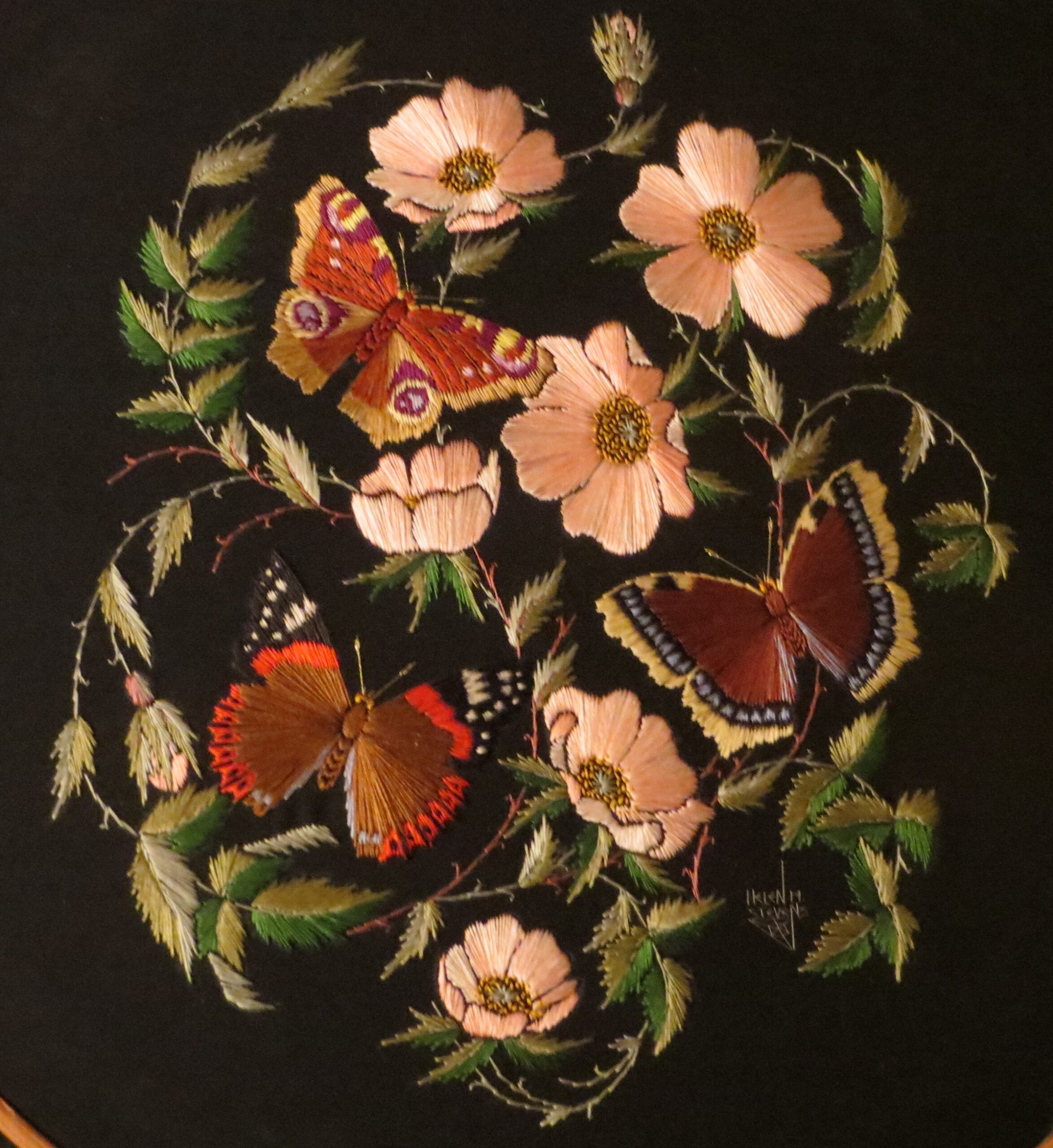
I inteviewed Helen M Stevens about how she has revived the art of embroidery, creating original contemporary patterns while studying and drawing on, “One of

I interviewed Councillor Rachel Smith-Lyte about the origins of her passion for nature and her environmental activism. Rachel tells the story of her teaching (and
| Cookie | Duration | Description |
|---|---|---|
| cookielawinfo-checkbox-analytics | 11 months | This cookie is set by GDPR Cookie Consent plugin. The cookie is used to store the user consent for the cookies in the category "Analytics". |
| cookielawinfo-checkbox-functional | 11 months | The cookie is set by GDPR cookie consent to record the user consent for the cookies in the category "Functional". |
| cookielawinfo-checkbox-necessary | 11 months | This cookie is set by GDPR Cookie Consent plugin. The cookies is used to store the user consent for the cookies in the category "Necessary". |
| cookielawinfo-checkbox-others | 11 months | This cookie is set by GDPR Cookie Consent plugin. The cookie is used to store the user consent for the cookies in the category "Other. |
| cookielawinfo-checkbox-performance | 11 months | This cookie is set by GDPR Cookie Consent plugin. The cookie is used to store the user consent for the cookies in the category "Performance". |
| viewed_cookie_policy | 11 months | The cookie is set by the GDPR Cookie Consent plugin and is used to store whether or not user has consented to the use of cookies. It does not store any personal data. |
2 responses
Fascinating! I lived in Rodmell for a couple of years, while I was doing my PhD in Sussex, and I do have plenty of memories of the place. Sometimes life guides us in interesting ways. Good luck to Regina and thanks
Thank you, Olga. Yes, Virginia Woolf’s house in Rodmell is a must-visit!